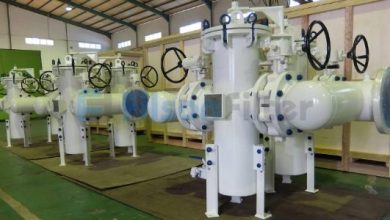Things to Consider Before Making Home Loan Prepayments

During the year 2019, the RBI had obstructed Non-Banking Financial Companies from imposing foreclosure charges or prepayment penalties on any floating rate term loans sanctioned for purposes apart from business to individual borrowers. Several housing finance companies introduced convenient repayment structures for borrowers to reduce the percentage of loan defaulters.
Borrowers, on the other hand, look for ways to reduce financial burden during the repayment tenor. Since home loans are long-term financial commitments, borrowers can opt for several techniques to maximise savings. For instance, by initiating home loan prepayment, individuals can save substantially on their total interest outgo.
Nonetheless, one should consider a few factors before opting to prepay the amount borrowed.
Home loan prepayment facility
Home loan prepayment is a popular repayment strategy that allows borrowers to clear a substantial amount of money before completing the tenor. Financial lenders often charge a high interest rate over longer tenors that lead individuals to bear a hefty interest outgo. Prepayment is, therefore, a viable option to manage the burden of home loan repayment.
In case borrowers are planning to make the pre-repayment in the later stage of loan tenor, it is advisable not to do the same. This is because the interest component is higher in the initial stages, and the prepayment helps reduce the interest rate.
Individuals who are servicing their home loan, can choose to prepay a portion or whole of the principal home loan amount. Part prepayment or full payment facilities are feasible options for the borrowers only when they have enough funds to dispose of a home loan before the stipulated tenor is over.
Hence to have a clear idea of the repayments, interest rate, and EMIs, customers should make use of home loan calculators and understand their liabilities beforehand.
Foreclosure payment
EMIs often pose a financial burden draining your income and savings. Foreclosure allows borrowers to become debt-free faster before the tenor ends. Full home loan prepayment reduces the debt burden, increasing the credit score and chances of availing loans in the future. Moreover, individuals can save a considerable amount on interest payment. For example, for home loans, if the average interest rate is 10.5%, the borrowers end up paying 100% of the principal amount as interest amount by the end of 20 years of your home loan tenor. Hence, by foreclosure or home loan prepayment, individuals can reduce the interest burden.
Additionally, individuals should monitor their monthly EMIs by using a home loan EMI calculator or can make an extra payment that will curtail the amount of interest on a home loan. The increase in the EMI amount can reduce the stress of interest and loan tenor.
However, regardless of whatever option the borrowers choose for home loan prepayment, they should be fully aware of the accompanying charges. Few lenders also allow home loan prepayment or foreclosure without levying any additional charge.
In this regard, one should also take note of the pre-approved offers extended by financial institutions to accelerate and simplify the lending procedure. Borrowers can enjoy these offers on a plethora of financial products such as home loan, loan against property, and more. You can check your pre-approved offer by submitting your name and contact information.
Borrowers should proceed with the home loan prepayment or foreclosure only after taking the above factors in consideration. This will allow them to maximise their benefits from the advance more effectively.



